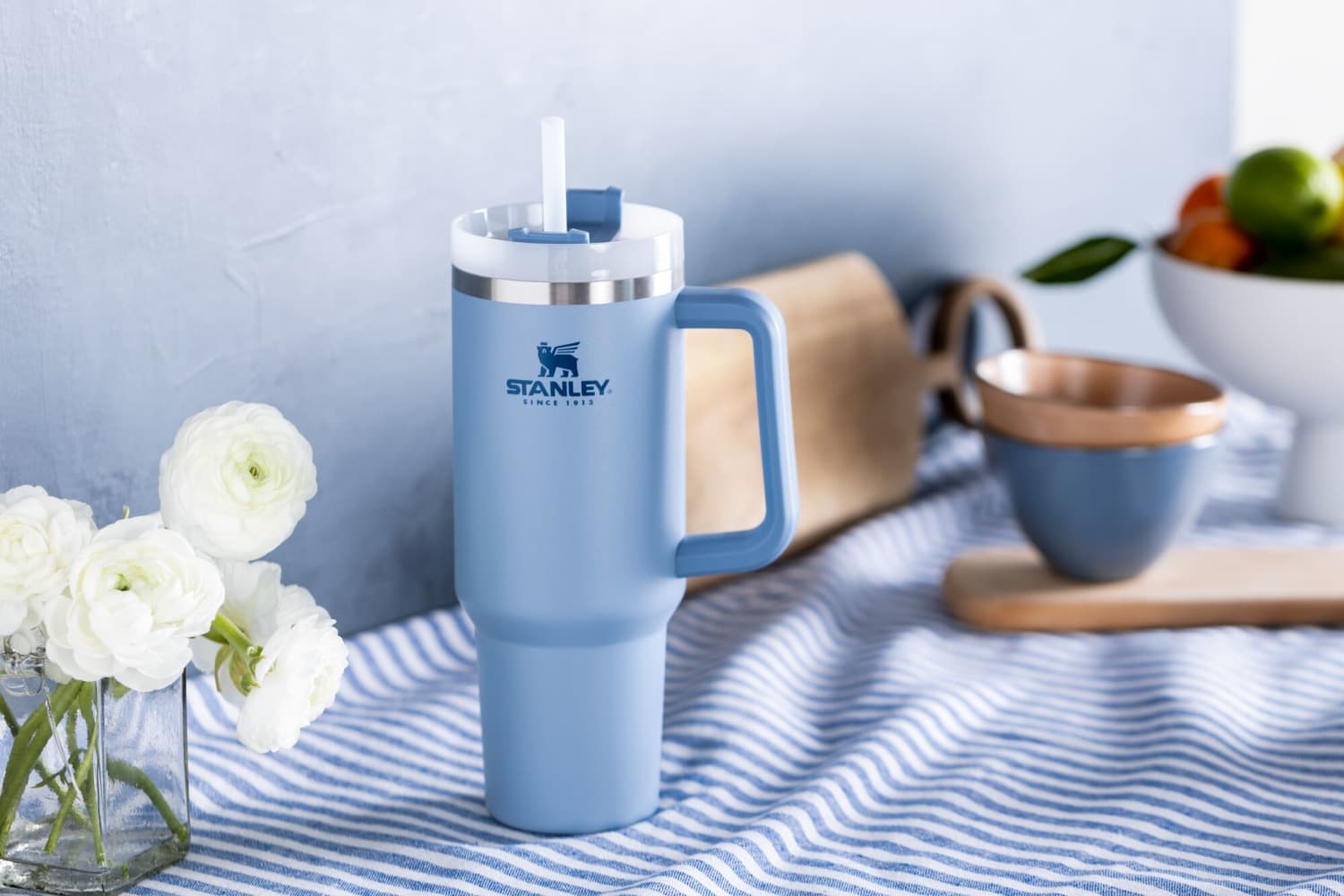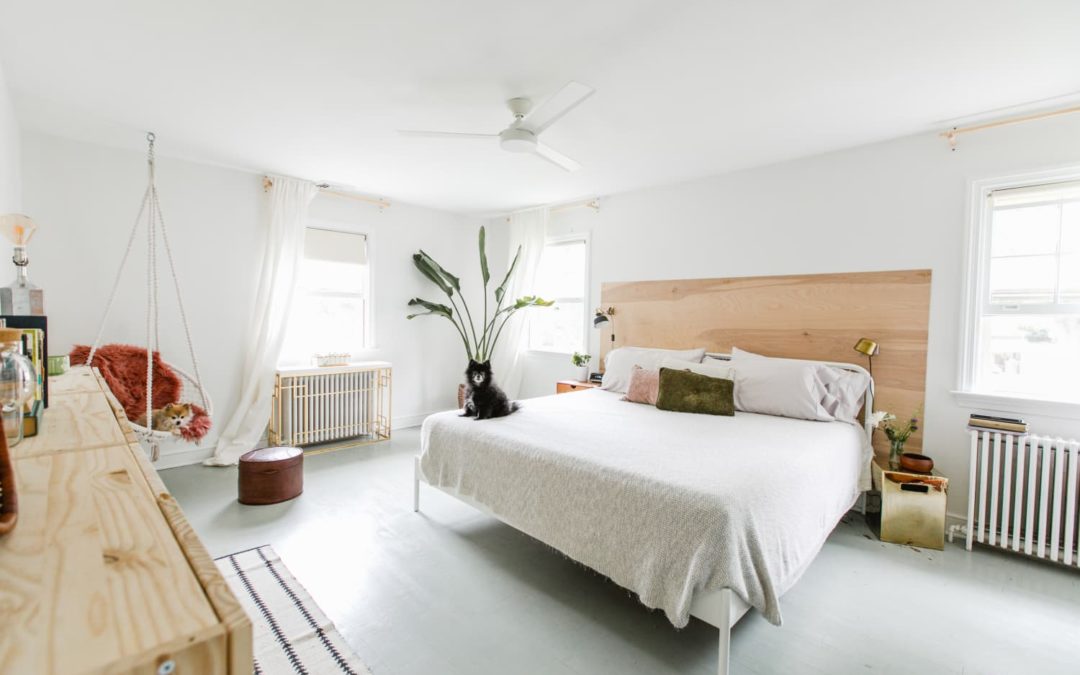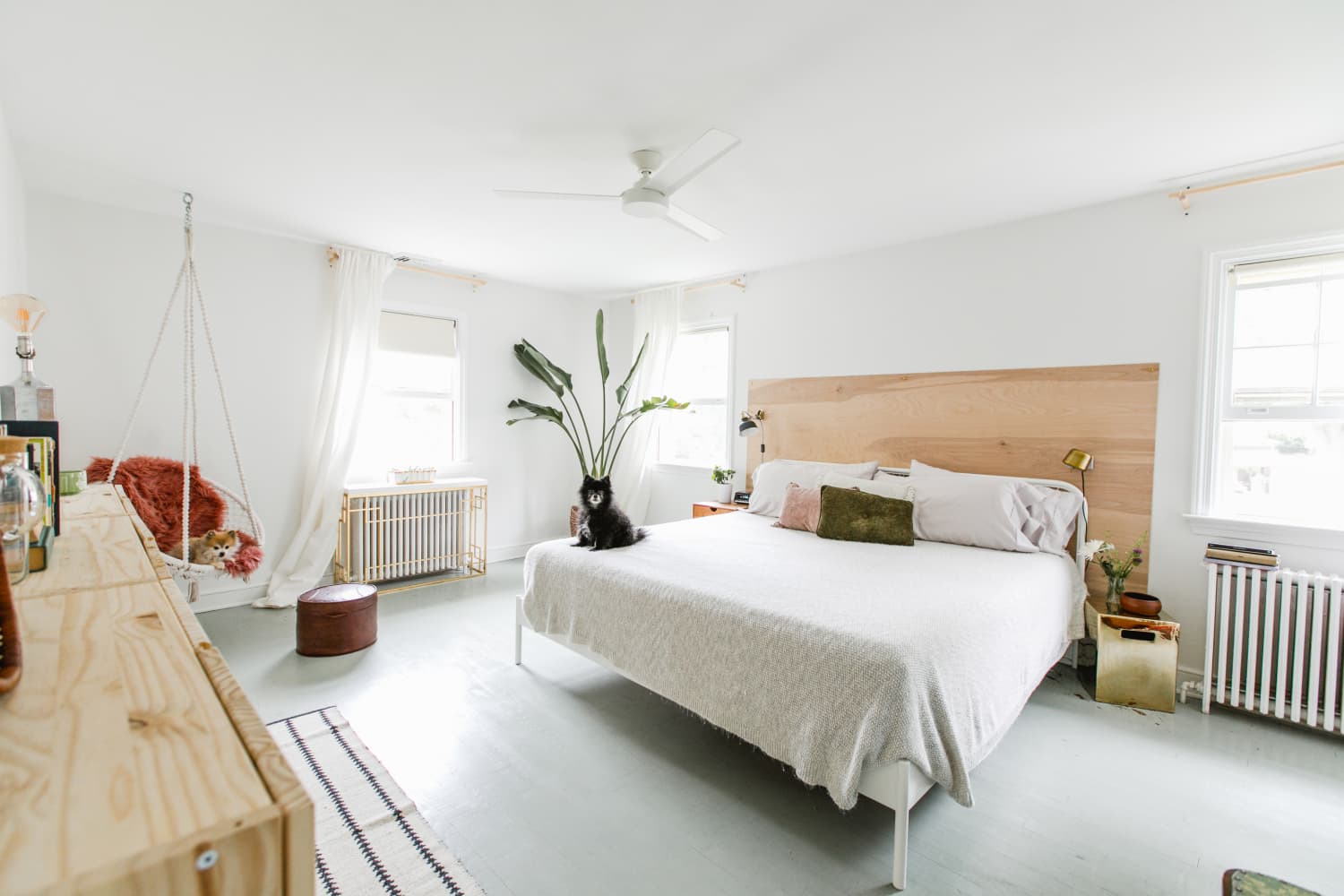
5 Ways to Use Sinking Funds to Help You Reach Your Financial Goals

Year after year, research shows that Americans just aren’t saving enough. With rising costs of living and stagnating salaries, many people feel they don’t have the means to put anything aside. Though there are of course certain unavoidable limitations to how much people can save, there are strategies to start increasing your nest egg little by little — even if it’s only by a few dollars each month.
For me, the best strategy has been sinking funds. Over this past year, I’ve been able to add more than $40,000 to my net worth thanks to sinking funds, or separate savings accounts for each goal. Doing this allows me to save for my goals without having to take money out of my emergency fund or take on credit card debt for one-off expenses.
I talked with Colleen McCreary, chief people officer at Credit Karma, about how others can get started with sinking funds to help meet their financial goals.
Ensure you have your emergency savings in place first.
McCreary says that sinking funds “shouldn’t be confused with your emergency fund,” a mistake that trips people up during their savings journeys. If someone doesn’t have an emergency fund, they’ll have to pull out of their other savings, or sinking funds, in order to cover any unplanned expenses. By having this in place first, you’re ensuring that you have the ability to prepare for other, expected circumstances.
Look ahead for any future expenses and start planning now.
Another piece of advice McCreary shared is to “look ahead at any planned expenses over the next six months or so and get into a habit of saving.” For many people, expenses like car repairs or holiday shopping take them by surprise and they end up using other savings. They don’t need to, however, since we do know that they’re going to happen eventually. The key is to plan far enough in advance to make it easier to save. Saving $50 every month for six months is much more manageable than $300 all at once. Start with your next major expense and work from there.
Keep your sinking funds in a separate bank away from your other savings.
There are two ways to set up your sinking funds: Keep your funds in separate accounts at the same bank or at different banks entirely. Either can work as long as you aren’t tempted to transfer from one fund to another when you see the high balance. For me, it’s most effective to keep them at different banks so I don’t see them when I log into my accounts. This also helps me to leverage bank account sign-up bonuses, which often allow me to net an extra $100 for that sinking fund right off the bat.
Find a system of funding your accounts that works for you.
“Automatic funds can make it easier to stash away money each month,” McCreary says, but with my varying income each month, I prefer to do it manually each time I’m paid. Automatizing your savings is a common tip, but personal finance is just that: personal. What matters is that you’re consistent. If you move the specified amount of money on the first of every month to the planned account and that works for you, then that may be the right system for your finances. If there’s a chance you’ll forget or spend the money before you can do that, automatic saving might be right. The goal is to find out what works for and go with that.
Don’t start sinking funds just to start them — have a clear goal and label the account with the goal’s name.
Many people get tripped up with saving because they just have a hypothetical “savings account” with no clear goals in mind. This is what’s different about sinking funds: They have a specific goal and should be labeled as such. I have funds labeled “Emergency Fund,” “Car Savings,” “Pet Expenses,” “Travel,” “Gifts,” and whatever else I’m currently working toward at that moment. Naming your accounts lends accountability and makes it harder to take money out of the account for other purposes.
If you utilize sinking funds correctly, you open yourself up to being able to save for things that felt unimaginable before. I live on a salary of $60,000 to $70,000 per year, and I’ve had luck saving up $5,000-plus for vacations each year, having enough to pay for my Invisalign in full, and keeping over $6,000 in a specific emergency fund that, fortunately, I’ve never had to dip into. If I didn’t have my sinking funds, however, it’s likely that I would have needed to for one of these situations. The trick with sinking funds is to get started strategically — pick one upcoming goal, determine the amount needed, and divide that by the number of months you have.
This piece is part of Money Month, where we’re covering everything from side hustles to down payments to a beginner’s guide to investing. Head over here to read more!








